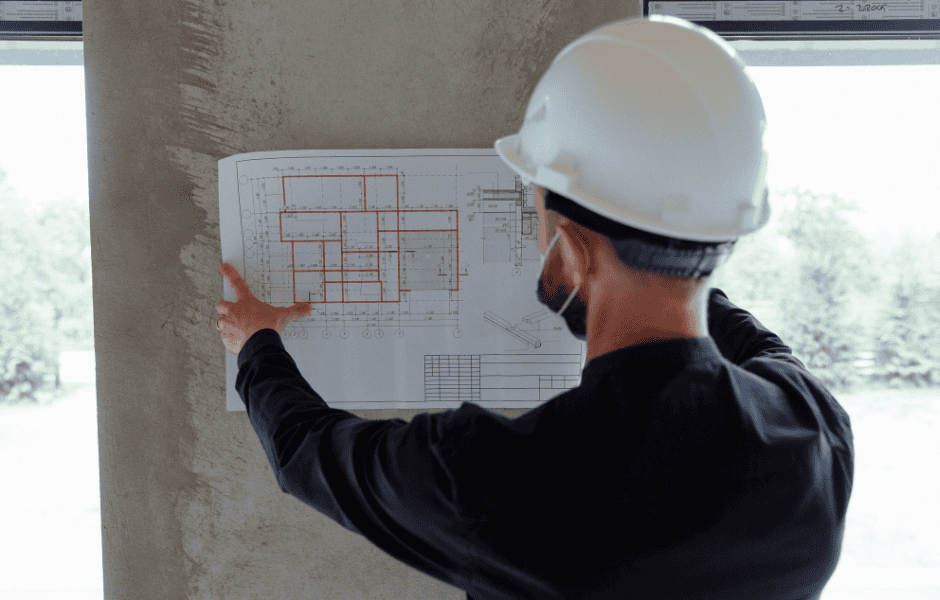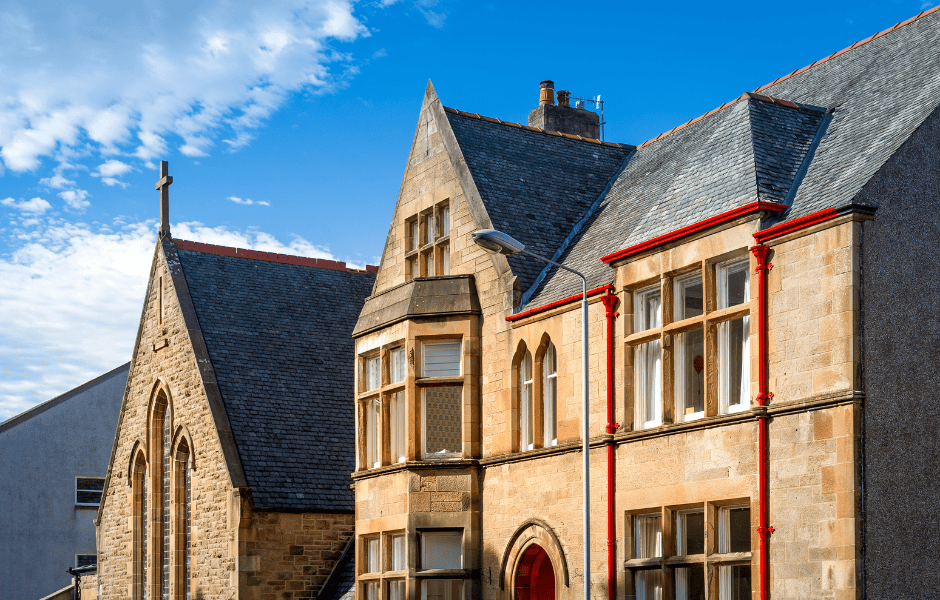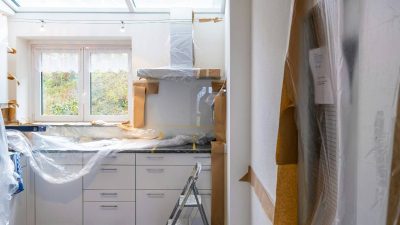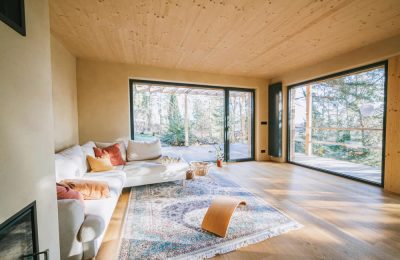Scotland is renowned for its historic architecture, with properties ranging from medieval castles and Georgian townhouses to Victorian villas and quaint cottages. These historic homes carry a unique charm and heritage value, making them highly desirable. However, owning such properties often comes with the responsibility of renovation and restoration. This blog explores the intricacies of transforming Scotland’s historic homes, offering insights and practical advice for potential buyers and owners.
Understanding the appeal of historic homes
Historic homes offer a unique blend of character, craftsmanship, and history that modern properties often lack. The intricate details, high ceilings, original features like fireplaces and woodwork, and the stories these buildings hold make them highly appealing. Owning a historic home allows you to live in a piece of history while contributing to the preservation of Scotland’s architectural heritage.
Assessing the property
Before embarking on a renovation project, it’s crucial to thoroughly assess the property. This involves:
- Structural survey: Hire a qualified surveyor to conduct a detailed structural survey. This will identify any issues such as dampness, foundation problems, or roof damage.
- Historical significance: Understand the historical significance of the property. This knowledge will guide you in making appropriate restoration choices that respect the building’s heritage.
- Planning restrictions: Check if the property is listed or located in a conservation area. Listed buildings have restrictions on alterations, and you may need consent from local authorities for any changes.
Planning your renovation
A well-thought-out plan is essential for a successful renovation project. Consider the following steps:
- Define your vision: Decide on the extent of renovation needed. Are you aiming for a full restoration to its original state, or are you incorporating modern elements while preserving key features?
- Budgeting: Historic renovations can be costly. Create a detailed budget that includes unexpected expenses, as old buildings often reveal hidden issues during renovation.
- Hiring specialists: Work with professionals experienced in historic renovations. This includes architects, contractors, and craftsmen who understand traditional building techniques and materials.
Sourcing authentic materials
One of the key challenges in renovating historic homes is sourcing authentic materials. Using original or like-for-like materials ensures that the property retains its historical integrity. Here are some tips:
- Salvage yards: Architectural salvage yards can be a treasure trove of original materials like stone, timber, and fixtures.
- Specialist suppliers: Some suppliers specialise in historic building materials, offering everything from lime mortar to period-appropriate hardware.
- Custom reproduction: In cases where original materials cannot be found, consider custom reproductions made to match the original features.
Navigating planning permissions
Renovating a listed building or a property in a conservation area requires careful navigation of planning permissions:
- Listed building consent: For significant alterations, you will need listed building consent from your local authority. This ensures that any changes respect the building’s historical and architectural significance.
- Conservation area consent: If your property is in a conservation area, you may need additional consent for external changes. This aims to preserve the character and appearance of the area.
- Consultation with heritage bodies: Engage with heritage bodies like Historic Environment Scotland, which can provide guidance and support for your restoration project.
Balancing modern comfort with historical integrity
While preserving historical features is essential, modernising the property for comfort and energy efficiency is also important:
- Insulation: Improve insulation using materials like sheep’s wool or hemp, which are sympathetic to the building’s fabric.
- Heating systems: Consider underfloor heating or modern radiators designed to complement period interiors.
- Utilities: Upgrade plumbing and electrical systems while ensuring that installations do not damage historical features.
Enjoying the rewards
Renovating a historic home is a labour of love that brings immense satisfaction. Not only do you preserve a piece of Scotland’s heritage, but you also create a unique living space with a blend of historical charm and modern comfort. The process may be challenging, but the end result is a testament to your dedication and passion for history and architecture.
Conclusion
Transforming Scotland’s historic homes through renovation and restoration is a rewarding endeavour that requires careful planning, respect for historical integrity, and a commitment to quality. By understanding the property, sourcing authentic materials, navigating permissions, and balancing modern needs with historical features, you can successfully restore a piece of Scotland’s architectural legacy. Whether you are a seasoned renovator or a first-time buyer, the journey of bringing a historic home back to life is an enriching experience that preserves the past for future generations.












